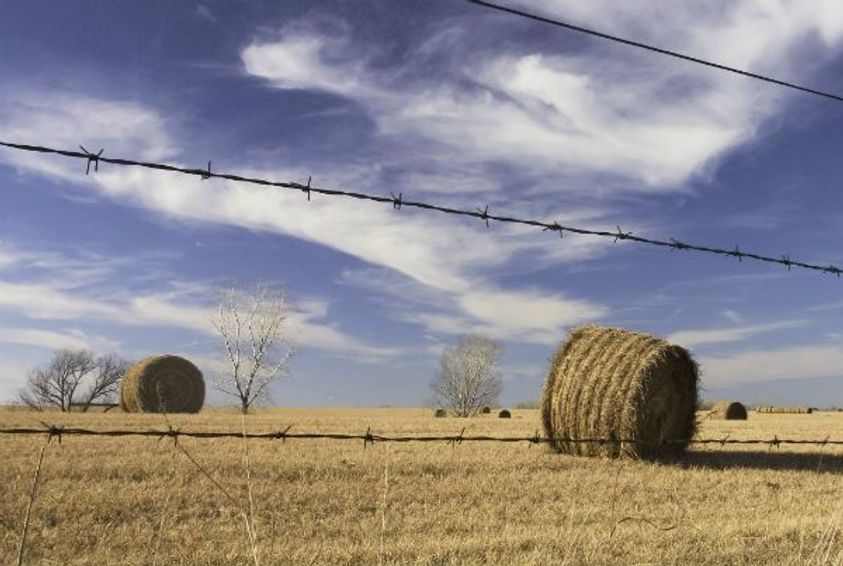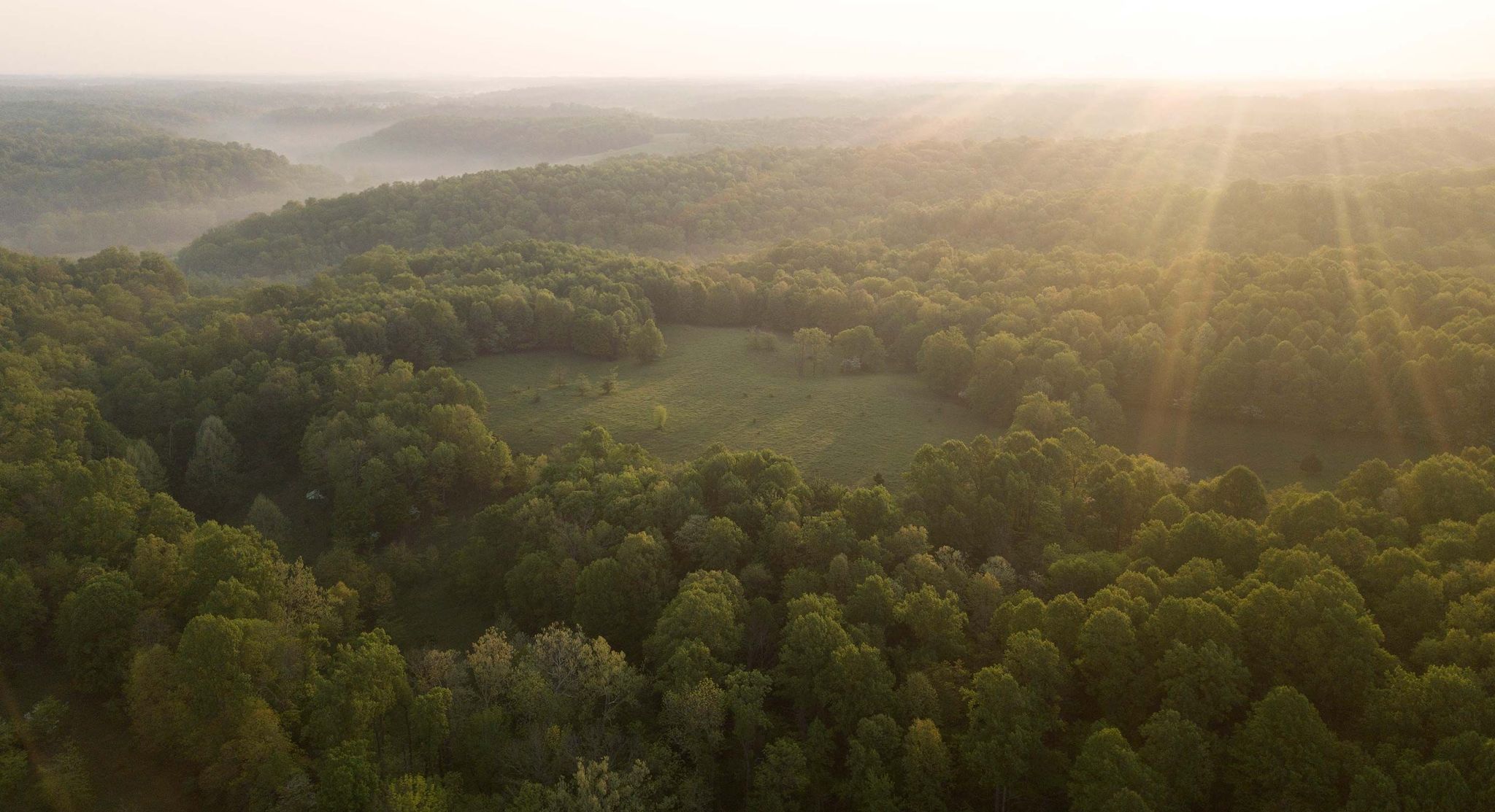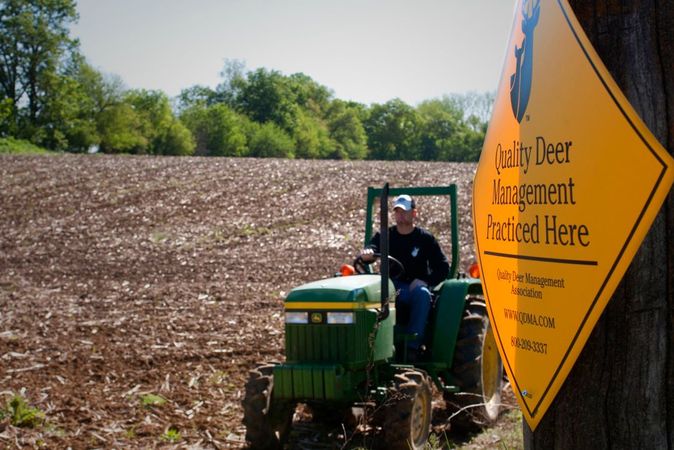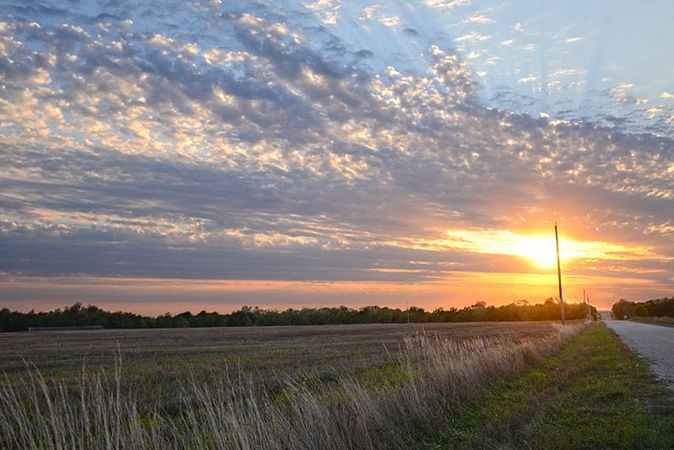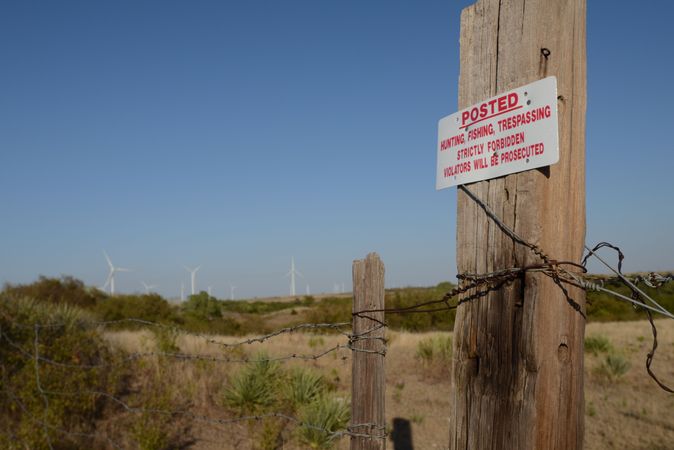Let’s face a hard fact: No matter how well you manage your property, or how many immature bucks you let walk, or how many food plots you plant, if your neighbors aren’t attuned to these whitetail management practices, then your efforts are likely going to waste. While ample food, water and cover certainly help, don’t rely on these factors to hold every deer you see on your property. They have a rather large home range, which can be up to a square mile. Unless you own that kind of acreage, it might be a good idea to get everyone around you on the same page to ensure the health and quality of the herd.
Start a Co-op
The Quality Deer Management Association (QDMA) has a program called QDM Cooperative, which is a voluntary co-op where neighboring hunting clubs and properties join together in an effort to grow bigger bucks and sustain the future of deer hunting in the area. Not everyone is going to get on board with this program. Perhaps they only farm and don’t hunt, which is good for you. The mindset, “I pay a lot of money to hunt here just a few weekends a year, so I’m shooting whatever I want,” is certainly contradictory, but an inevitable barrier. Others will argue that they’re doing just fine with their own private conservation efforts and don’t need to help or be helped. A little encouragement could make these latter folks see the light in time.
Contact a Biologist
Get a biologist involved to help lay out a plan that’ll give credence to your effort with surrounding landowners. Folks may be put off if they feel someone without the proper wherewithal is trying to tell them how to manage their property. A biologist can cushion the initial impact and help start things off on a good note.
Communicate With Your Neighbors
Be patient with your neighbors, even the ones that don’t want to get involved. There will be times when everyone doesn’t see eye to eye and you’ll be forced to compromise. It’s important to remember why you deer hunt in the first place and let that central message be the driving force of the cooperative. Also, the deer herd is not going to evolve in a year or even two, so don’t get discouraged when big bucks don’t appear overnight. This is about a four-year program and it’s important for everyone to know this before getting started. The upside is the first few years might mean shooting a lot of does to balance the buck to doe ratio, thus a lot of good meat for the freezer.
If your neighbors farm their land, that can be extremely beneficial for whitetail management on adjacent properties.
Collect data throughout the year from harvest records, scouting reports, trail cameras, etc. to share with everyone. This might be a tough pill to swallow, especially when giant bucks are involved. It’d be kind of like giving up your favorite fishing hole, but at the same time, that deer is probably not going to just stay on your property, and if he does, then he’ll be protected by the cooperative, which brings us to the next point.
The relationships you build with your neighbors are going to revolve around trust. That’s the name of the game in any relationship, in fact. Hopefully everyone will work together to not only grow and manage the deer herd, but also take a stand against poachers and trespassers. You should all be proud of what you will accomplish and not let anyone hinder the progress. Get to know your local game warden. Make them aware of your plan and have them on speed dial should the lawless ever try to rob you of your hard work.
If nothing else, stop by and say hello to your neighbors. You’ll never know what they’re like unless you do. Plus, it helps to break the ice for the future if you ever do want to start some kind of cooperative or perhaps just borrow a tool.


